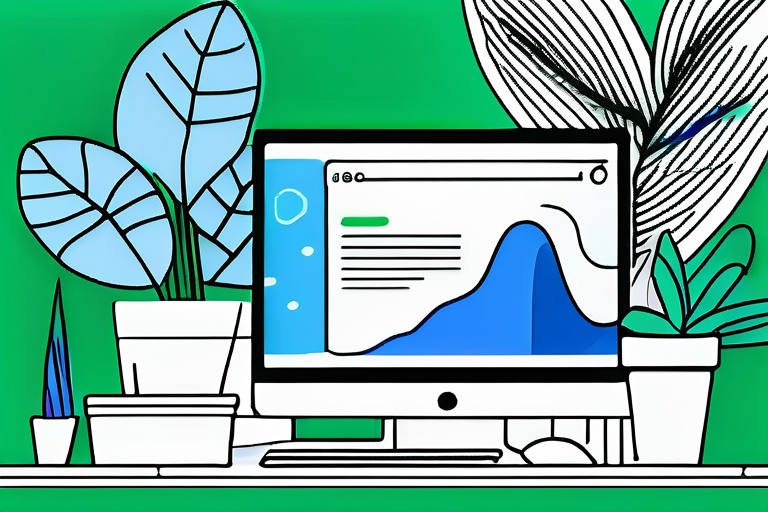6 Methods to Improve Your Organic and Google Ads CTR
The Click-Through Rate (CTR) is a crucial metric that measures the number of clicks advertisers receive on their ads per number of impressions. Achieving a high click-through rate is essential for your PPC (Pay-Per-Click) success because it directly affects both your Quality Score and how much you pay every time someone clicks your search ad. Are you unsatisfied with your current CTR? Here are six proven methods to improve both your organic and Google Ads CTR.
1. Optimize Your Google Ads Headlines
The headline is the first thing a user sees when your ad appears on their screen. Therefore, it’s crucial to create compelling and engaging headlines that encourage users to click on your ad. A good headline should be clear, relevant, and include a strong call to action.
Moreover, it’s important to include your target keywords in the headline. This not only makes your ad more relevant to the user’s search query, but also makes your ad appear more prominently in search results. However, avoid stuffing your headline with keywords as this can make your ad look spammy and unprofessional.
2. Use High-Quality Images on your Ads
Images play a crucial role in attracting users’ attention and encouraging them to click on your ad. Therefore, it’s important to use high-quality and relevant images in your ads. The image should be clear, visually appealing, and relevant to your product or service.
Furthermore, it’s important to test different images to see which ones perform best. You can use Google Ads’ ad rotation feature to automatically rotate your ads and show the ones that are performing best more often. This can help you optimize your ads and improve your Google Ad CTR.
3. Write Compelling Ad Copy
Ad copy is the text that accompanies your ad image. It’s important to write compelling ad copy that clearly communicates the benefits of your product or service and encourages users to click on your ad. A good ad copy should be clear, concise, and include a strong call to action.
Moreover, it’s important to include your target keywords in the ad copy. This not only makes your ad more relevant to the user’s search query, but also makes your ad appear more prominently in search results. However, avoid stuffing your ad copy with keywords as this can make your ad look spammy and unprofessional.
4. Use Google Ads Extensions
Ad extensions are a feature of Google Ads that allow you to include additional information in your ads, such as your business’s address, phone number, or additional links to specific pages on your website. Ad extensions can make your ad more prominent and provide users with more reasons to click on your ad.
There are several types of ad extensions available, including location extensions, call extensions, and sitelink extensions. It’s important to use the ad extensions that are most relevant to your business and that provide the most value to users. For example, if you’re a local business, you might want to use location extensions to show your business’s address and a map to your location.
5. Target the Right Audience
Targeting the right audience is crucial for improving your Google Ads CTR. If your ads are not reaching the right people, they are less likely to be clicked on. Therefore, it’s important to understand your target audience and create ads that are relevant to their needs and interests.
Google Ads provides several targeting options, including geographic targeting, demographic targeting, and interest-based targeting. It’s important to use these targeting options to reach the right audience and improve your CTR. For example, if you’re a local business, you might want to use geographic targeting to reach people in your local area.
6. Test and Optimize Your Google Ads
Testing and optimizing your ads is a crucial part of improving your CTR. This involves creating multiple versions of your ads, testing them to see which ones perform best, and then optimizing your ads based on the results.
Google Ads provides several tools for testing and optimizing your ads, including the ad rotation feature and the Campaign Experiments feature. These tools can help you test different aspects of your ads, such as the headline, image, ad copy, and targeting options, and then optimize your ads based on the results.
In conclusion, improving your CTR involves several strategies, including optimizing your headlines, using high-quality images, writing compelling ad copy, using ad extensions, targeting the right audience, and testing and optimizing your ads. By implementing these strategies, you can improve your CTR and achieve better results with your Google Ads campaigns.
7. Boost Your CTR and Conversions with Social Proofy
Now that you’re equipped with strategies to enhance your CTR, take the next step in maximizing your conversions with Social Proofy. Join the community of over 8000 site owners leveraging our widgets to establish credibility and foster social proof. Sign up for a 14-day free trial and explore the transformative effects of features like Recent Sales and Customer Reviews Popups. With Advanced Analytics, you can monitor the performance of your widgets and make data-driven decisions. Social Proofy is designed to accommodate any volume of monthly visitors, ensuring there’s a plan perfect for your site’s traffic. Start your free trial today and turn your visitors into loyal customers.











